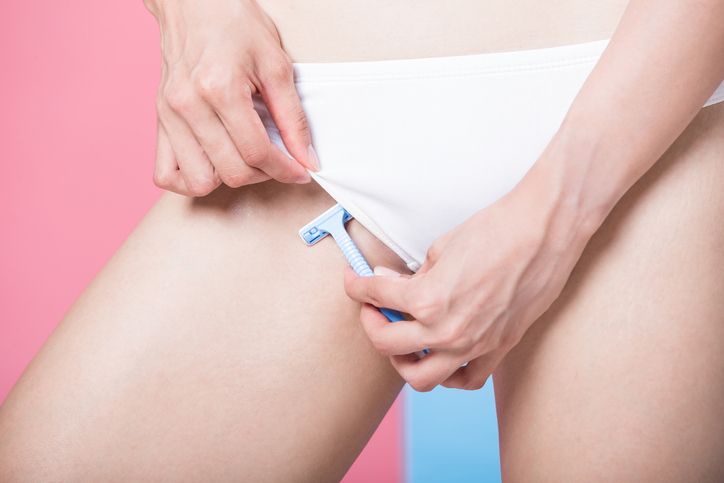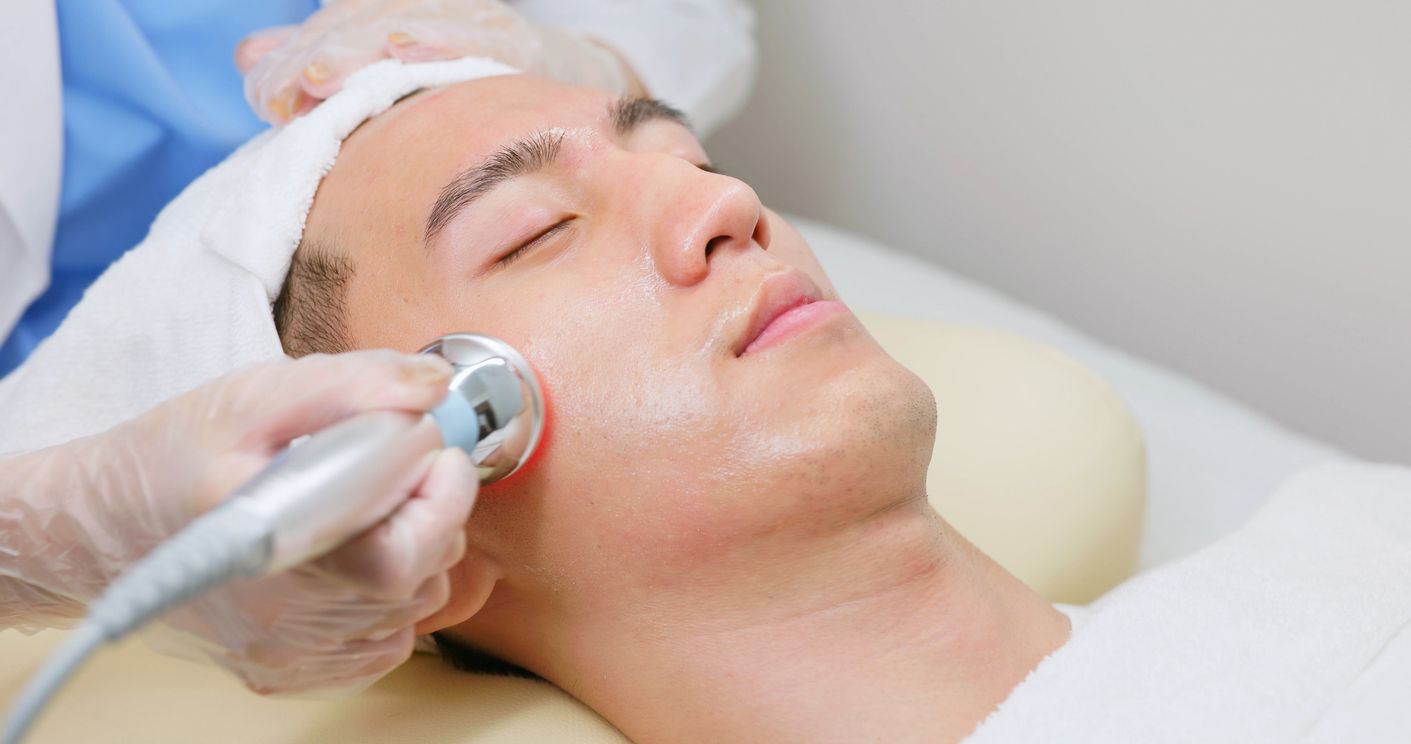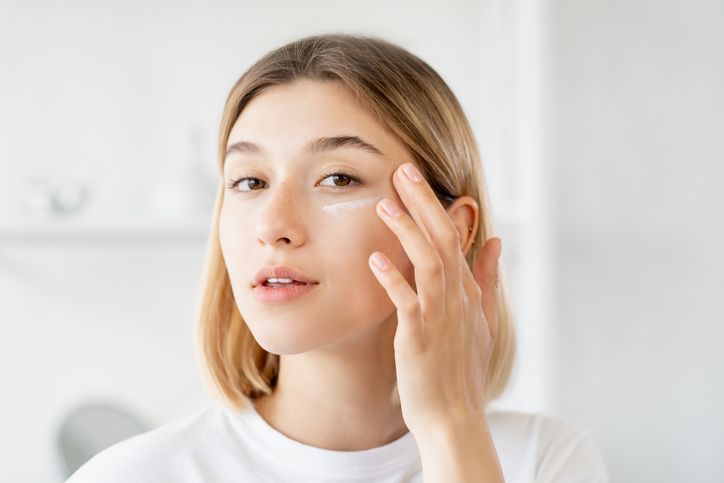- Home
- Trend
- Weight Loss Strategies
- Acne Tips
- Hair Health Information
- Blemish Removal Tips
- Acne Scar Removal Tips
- Muscle Building Techniques
- Intimate Care Tips
- Postpartum Intimate Care
- Eye Bags Wiki
- Tips for Face Slimming
- Secret of Permanent Hair Removal
- Breast Enlargement Tips
- Cure to Snoring
- Marionette Lines
- Skin-Tightening Secrets
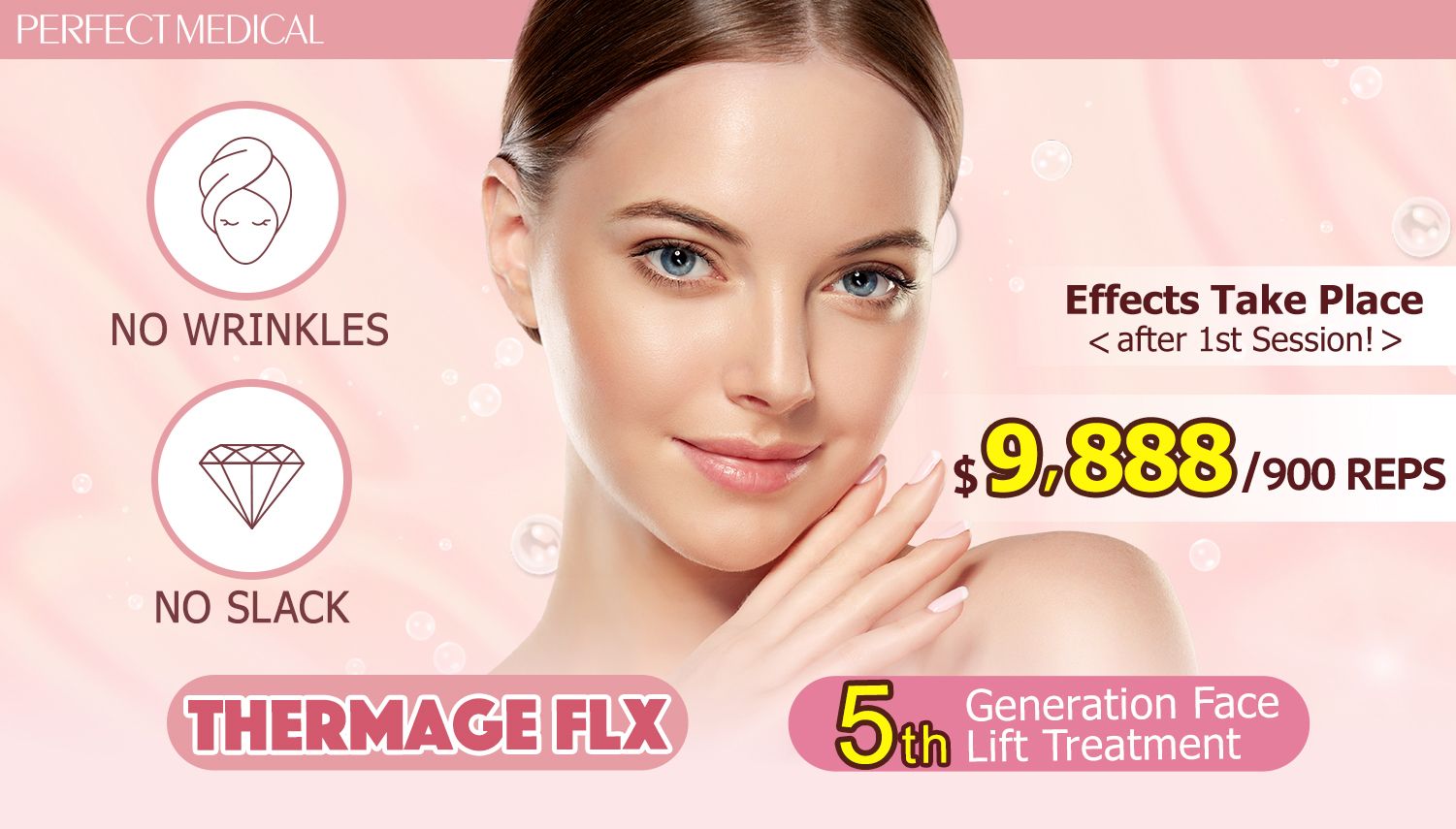
免費體驗
Thermage FLX 5th Generation Face Lift Treatment
1 Minute Self-Registration
Date should not be before minimal date
As we age, one of the most visible signs of the passing years manifests on our foreheads in the form of wrinkles and lines. Forehead wrinkles, also known as forehead lines, can be a source of concern for those who are seeking to maintain a youthful appearance. Let's learn about the factors that contribute to their development, as well as effective prevention and treatment methods that can help you in managing and reducing their appearance!
1
What Causes Deep Forehead Wrinkles?
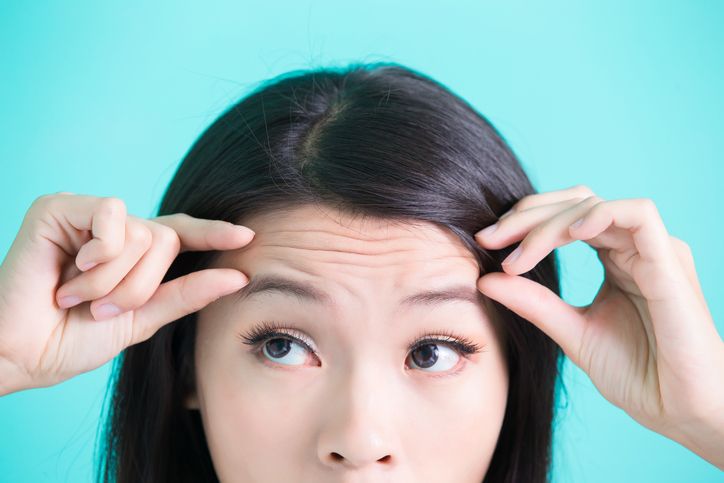
Dynamic Lines:
Static Lines:
Key Differences:

2
Must-Know Before Smoothing Forehead Wrinkles: Collagen Production and Its Role
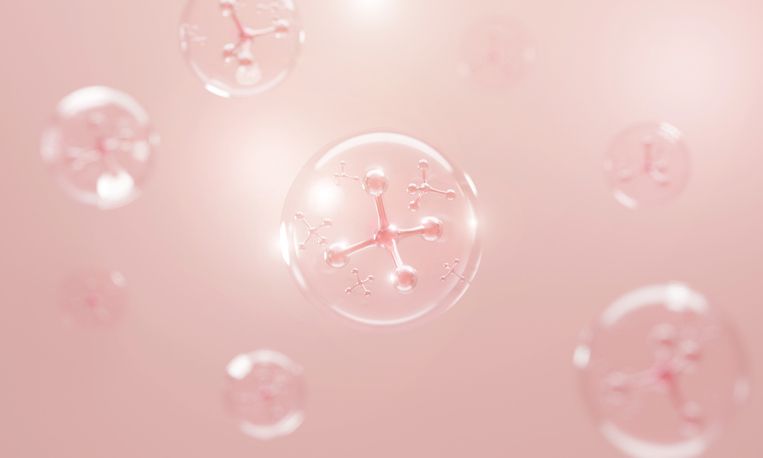
Structural Support and Elasticity:
Natural Decline with Age:
External Factors and Collagen Breakdown:
Free Radical Damage:
- Thermage VS HIFU Treatment : Which One is the Best Non-Surgical Skin Tightening Treatment?
- Thermage “Alternative”? What Is Oligio the Mini Thermage? Top 3 Lifting Benefits + Clinic Recommendation
- Is Rough Skin Hopeless? 7 Emergency Fixes + 6 Main Causes for Smooth, Egg-Like Skin
- Post-Thermage FLX Care Guide: 3 Key Precautions, 4 Recovery Tips & How Often to Do It
3
4 Common Skin Treatments for Forehead Wrinkles

1. Chemical Peels:
2. Laser Resurfacing:
3. Dermal Fillers:
4. Botox Injections:
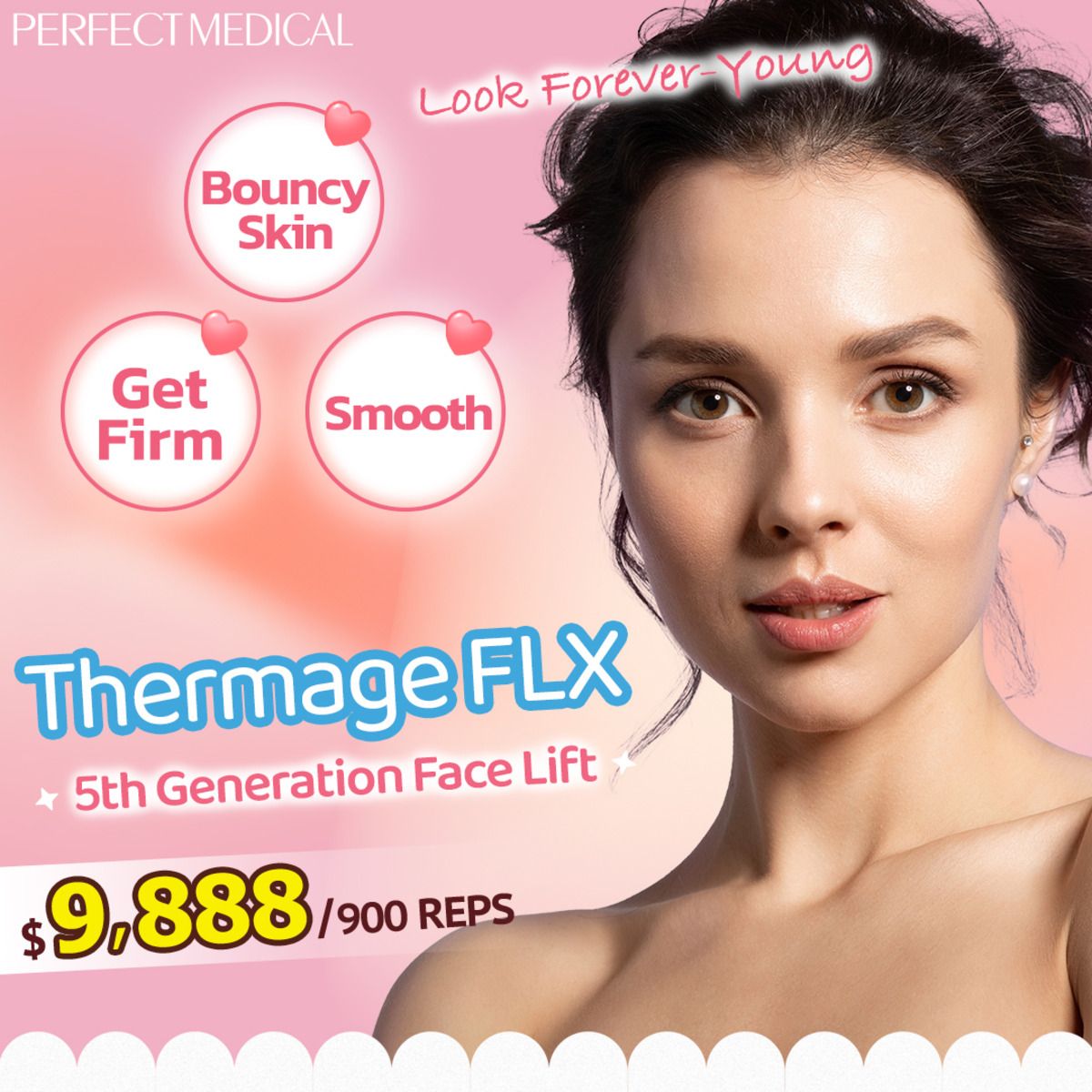
4
The 5th Ways: Prevent Forehead Wrinkles & Boost Collagen Production with Perfect Medical

How It Works
Targeted Areas
Witness Lasting Results
Why Choose Thermage FLX 5th Generation Treatment?
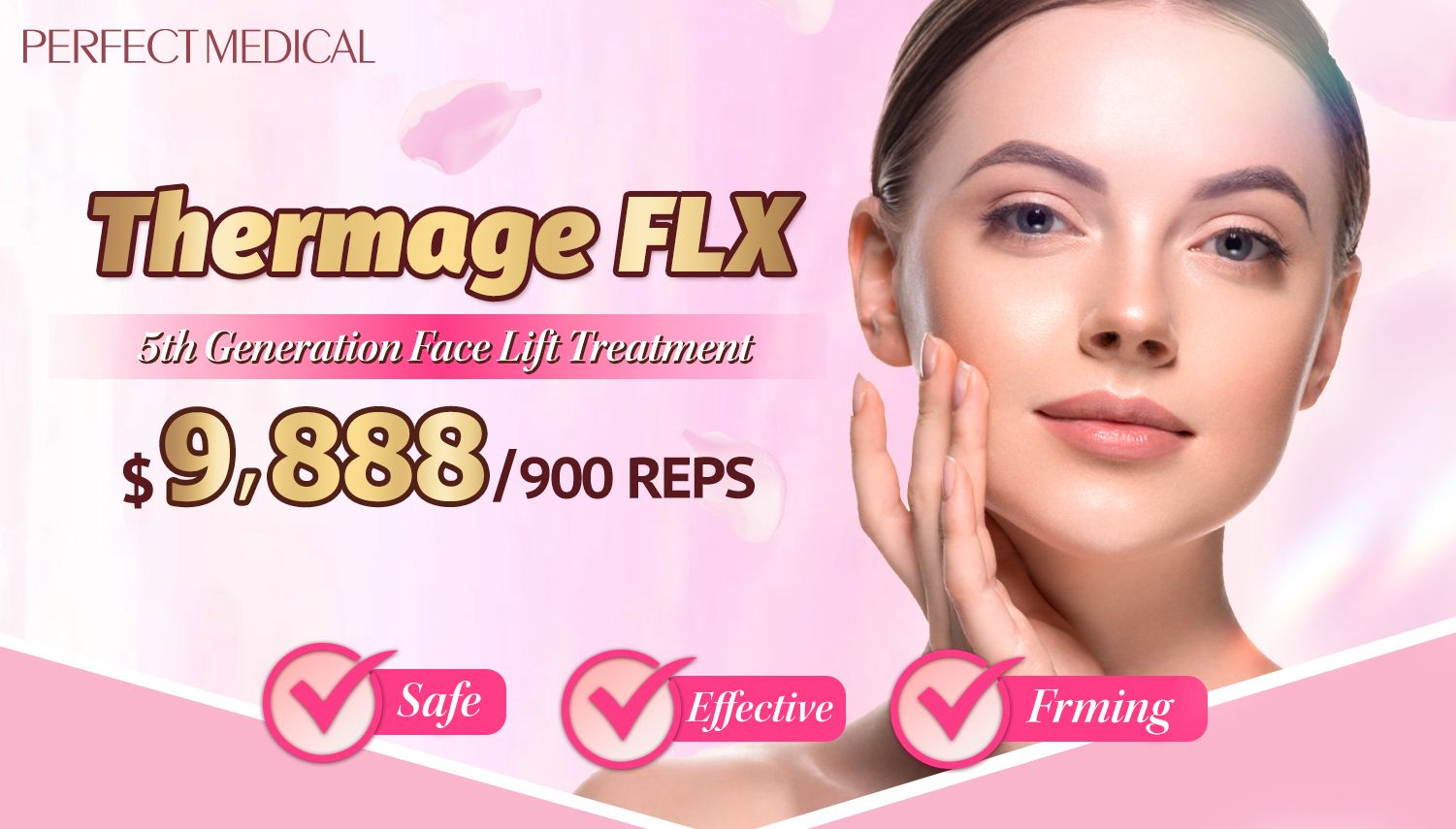
免費體驗
Thermage FLX 5th Generation Face Lift Treatment
1 Minute Self-Registration
Date should not be before minimal date
5
Conclusion

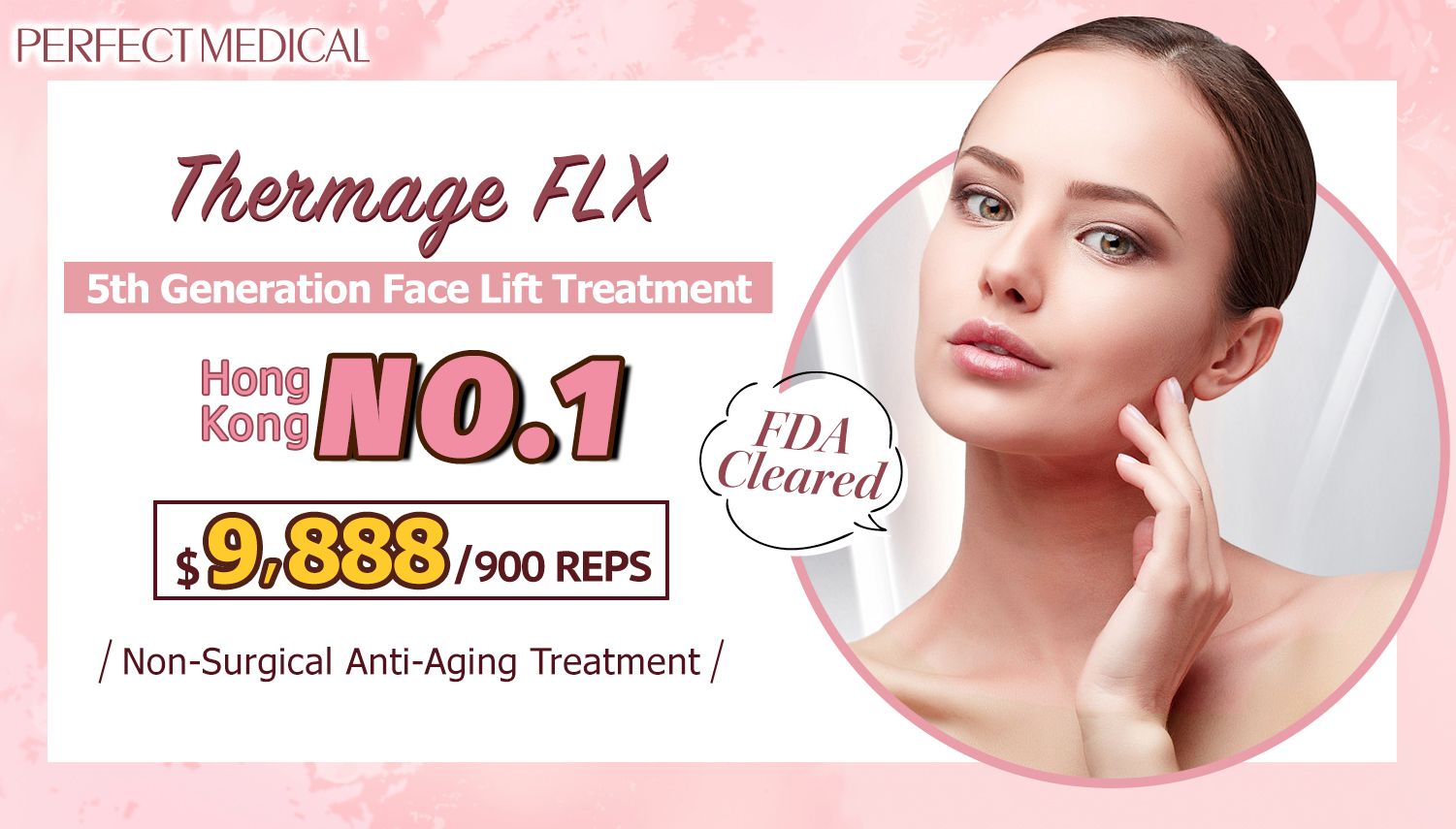
免費體驗
Thermage FLX 5th Generation Face Lift Treatment
1 Minute Self-Registration
Date should not be before minimal date
FAQ

1. Can maintaining hydrated skin help in preventing the formation of forehead wrinkles, and what are some effective methods to keep the skin hydrated?
Maintaining skin hydration is vital for preserving its elasticity and resilience, key factors in preventing the development of forehead wrinkles. Board-certified dermatologists advocate for the use of moisturisers enriched with hydrating components like hyaluronic acid and glycerin. These ingredients replenish moisture levels in the skin, enhancing its suppleness and minimising the likelihood of wrinkle formation. Additionally, incorporating humectants and occlusives into skincare routines helps lock in moisture and fortify the skin's natural barrier against dehydration. Employing a humidifier in dry indoor environments can also augment skin hydration, promoting overall skin health and minimising the risk of wrinkle formation.
2. Can wearing sunscreen daily help prevent wrinkles from forming on the forehead?
Daily application of sunscreen with broad-spectrum protection is instrumental in safeguarding against the development of wrinkles, particularly on the forehead where sun exposure is prevalent. By forming a protective barrier against harmful UV rays, sunscreen shields the skin from photodamage, a primary contributor to collagen degradation and premature ageing. Consistent use of sunscreen not only prevents the formation of new wrinkles but also helps mitigate existing ones, preserving the skin's youthful appearance and vitality over time.
3. What role does glycolic acid play in skincare routines for addressing forehead wrinkles and maintaining hydrated skin?
Glycolic acid, an alpha hydroxy acid renowned for its exfoliating prowess, plays a multifaceted role in skincare routines aimed at combating forehead wrinkles and sustaining skin hydration. By gently sloughing off dead skin cells, glycolic acid promotes cellular turnover, refining skin texture and diminishing the appearance of wrinkles. Moreover, this potent ingredient possesses humectant properties, attracting moisture to the skin and bolstering its hydration levels. Regular incorporation of glycolic acid into skincare regimens fosters a smoother, more hydrated complexion, making it an indispensable ally in the fight against wrinkles and dryness.
4. Are forehead wrinkles reversible with skincare treatments alone?
While skincare treatments such as retinoids, moisturisers, and chemical peels can significantly reduce the appearance of forehead wrinkles and enhance skin texture, complete reversal may prove elusive. However, the diligent implementation of skincare routines supplemented by professional interventions from board-certified dermatologists can yield remarkable improvements over time.
5. How does excessive sun exposure contribute to the formation of wrinkles, and what steps can be taken to prevent it?
Excessive sun exposure accelerates the formation of wrinkles by instigating collagen and elastin degradation, essential proteins responsible for maintaining skin structure and elasticity. Prolonged UV exposure prompts the production of free radicals, which wreak havoc on skin cells, leading to premature ageing and wrinkle formation. To counteract these detrimental effects, it is imperative to adopt comprehensive sun protection measures. This includes applying sunscreen with a high SPF daily, seeking shade whenever possible, donning protective clothing, and avoiding outdoor activities during peak sun hours.






